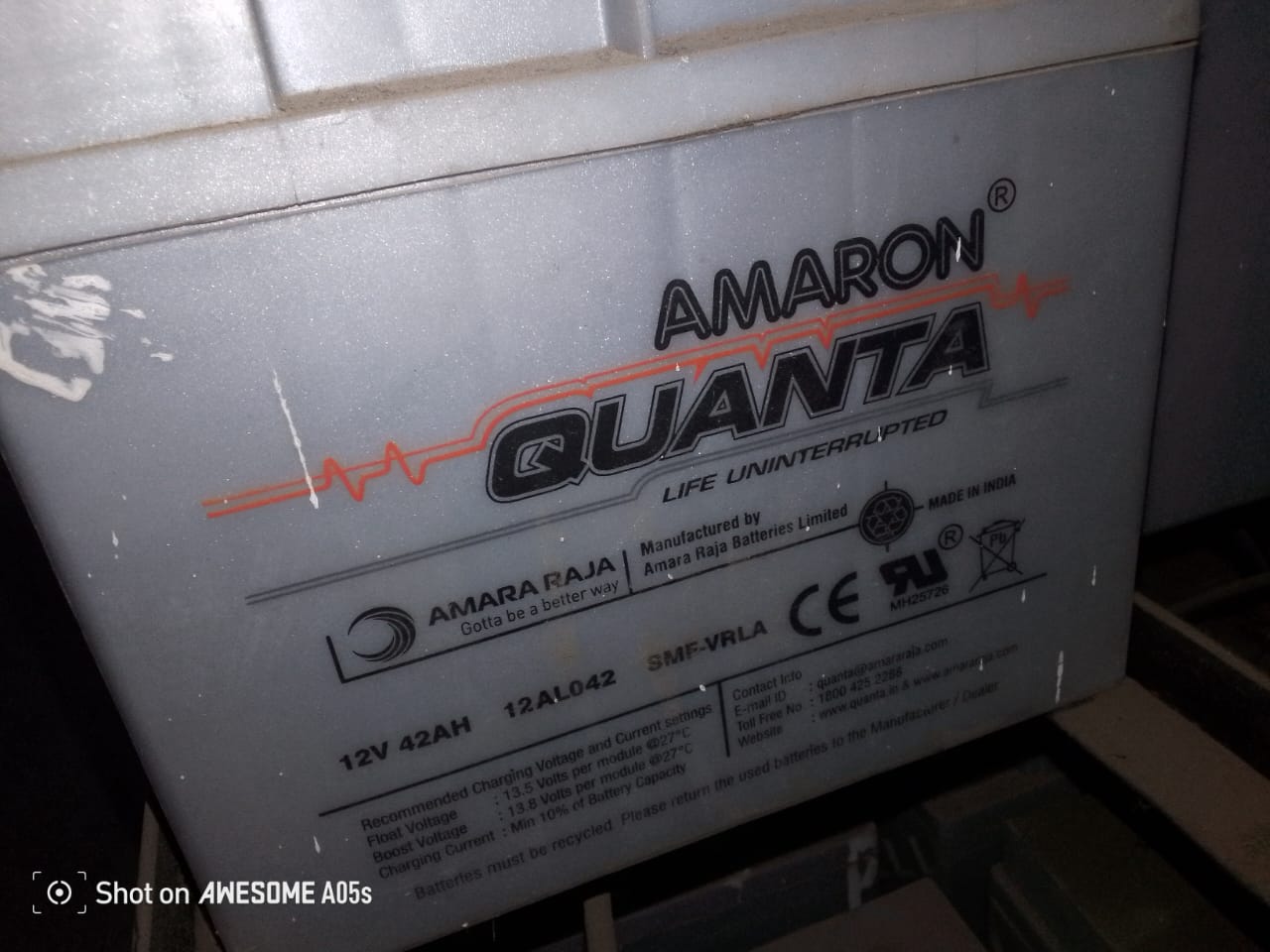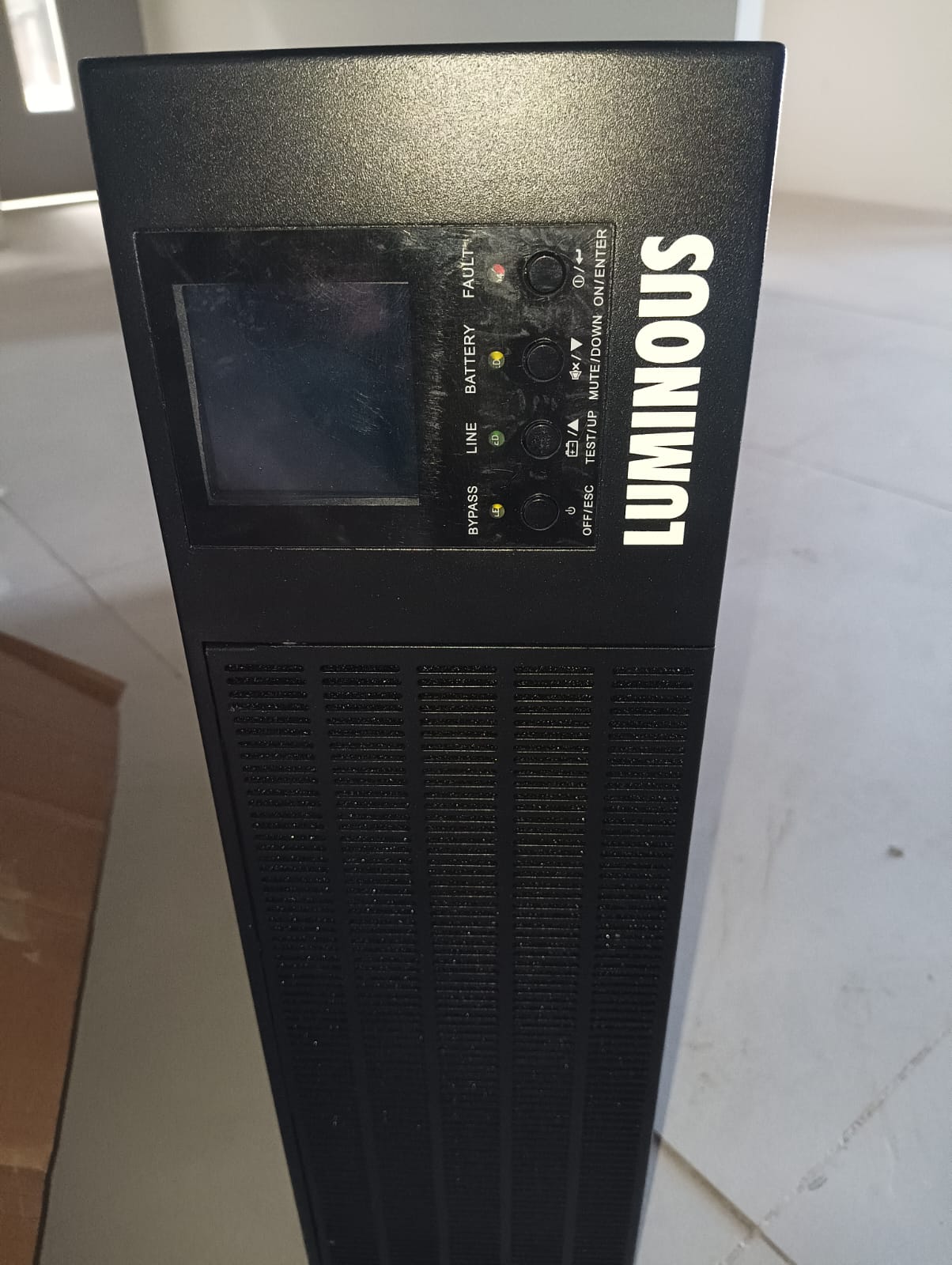Vertiv offers a range of UPS solutions tailored for different applications, including data centers, telecommunications, industrial environments, and more. Their systems are known for reliability, efficiency, and advanced features. Key Features of Vertiv UPS Systems Power Capacity: Various models available, ranging from small single-phase UPS (1 kVA) to large three-phase systems (up to 500 kVA or more). Topologies: Online Double-Conversion: Provides the highest level of protection by converting incoming AC to DC and then back to AC, ensuring clean and stable power. Line-Interactive: Adjusts voltage fluctuations without switching to battery, suitable for less critical applications. High Efficiency: Many models boast high efficiency ratings, often exceeding 95%, which reduces operational costs. Battery Options: Lead-Acid Batteries: Common and cost-effective, but heavier and shorter lifespan. Lithium-Ion Batteries: Increasingly available, offering longer life, lower weight, and higher efficiency. Modular Design: Some models are modular, allowing for scalable configurations that can grow with your power needs. Advanced Battery Management: Features to enhance battery lifespan, including temperature monitoring, equalization charging, and smart diagnostics. User-Friendly Interface: Intuitive LCD or LED displays for easy monitoring of power status, battery health, and load levels. Network Management: Options for SNMP or web-based monitoring allow for remote management of UPS performance. Parallel Operation: Supports parallel operation for redundancy and increased capacity. Battery Systems Types of Batteries Used: Lead-Acid Batteries: Sealed Lead Acid (SLA): Maintenance-free and widely used; available in various configurations. Valve-Regulated Lead Acid (VRLA): Designed to be more durable and safe. Lithium-Ion Batteries: Offer longer cycle life, lower weight, and better energy density. Can provide up to 10 years of life or more, depending on usage. Typical Specifications (Examples) Input Voltage: 380/400/415 V (three-phase). Output Voltage: 380/400/415 V (three-phase). Output Frequency: 50/60 Hz (auto-sensing). Efficiency: Up to 98% in eco-mode for certain models. Form Factor: Tower or rack-mounted options, based on the model. Benefits of Vertiv UPS with Batteries Reliability: Ensures uninterrupted power supply, crucial for mission-critical operations. Scalability: Easily expand capacity by adding additional UPS units or modules. Cost-Effectiveness: High efficiency leads to lower energy costs; predictive maintenance can help avoid costly downtime. Enhanced Protection: Maintains stable power output, protecting sensitive equipment from surges and outages. Proactive Monitoring: Remote monitoring capabilities allow for early detection of potential issues, improving uptime. Maintenance and Support Annual Maintenance Contracts (AMC): Regular inspections, preventive maintenance, and support services ensure optimal performance. Battery Replacement Services: Timely replacement of batteries as per usage and manufacturer recommendations is critical for maintaining efficiency and reliability. Conclusion Vertiv UPS systems paired with appropriate battery solutions provide a robust and efficient power protection strategy for various applications. With their focus on reliability, efficiency, and advanced features, Vertiv UPS systems are well-suited for mission-critical environments. If you need more specific information about particular models or configurations, feel free to ask!








